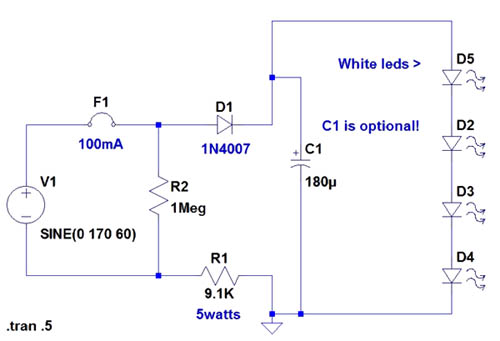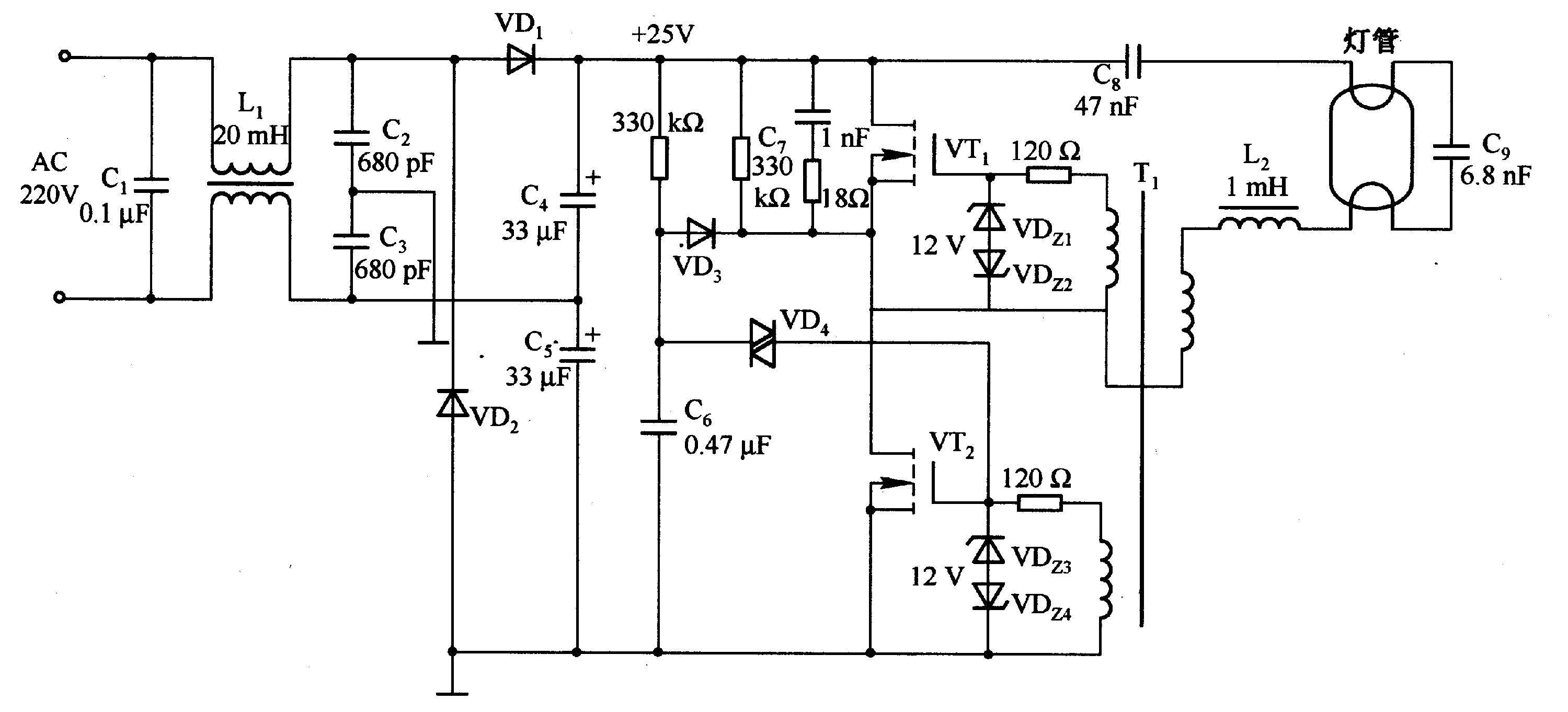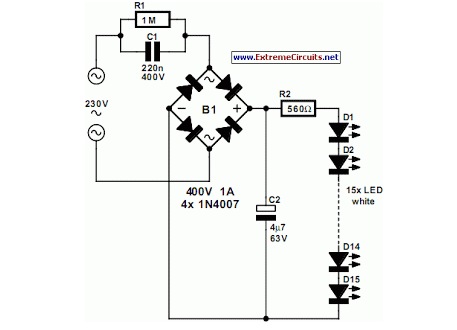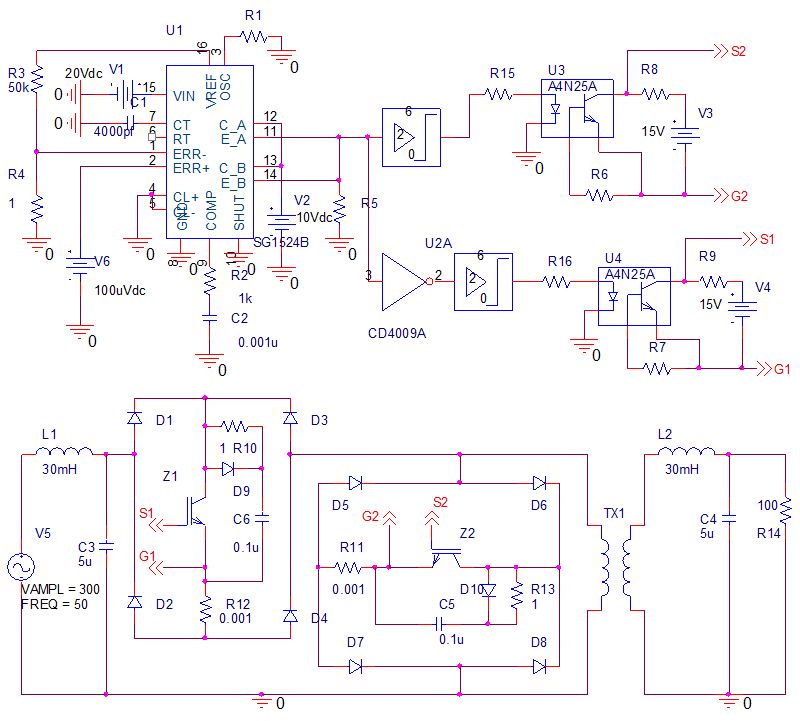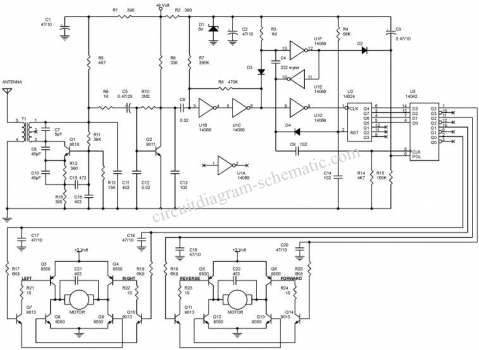
Resonant Mode LED Driver
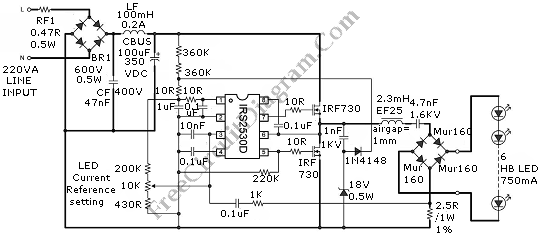
This is a resonant mode LED driver circuit. This circuit is designed to provide a constant DC current through a specified number of LEDs.
The resonant mode LED driver circuit operates by utilizing resonant inductive elements to achieve efficient energy transfer while maintaining a stable output current. The primary components of this circuit typically include a resonant inductor, a switching device (such as a MOSFET), and a control circuit that regulates the switching frequency to match the resonant frequency of the inductor-capacitor (LC) tank circuit.
The operation begins with the control circuit initiating the switching of the MOSFET, which allows current to flow through the resonant inductor. As the current builds up, the energy is stored in the inductor until the switch turns off, causing the inductor to release its energy to the LED string. The resonant frequency is critical as it determines the efficiency and effectiveness of energy transfer. By carefully selecting the values of the inductor and capacitor, the circuit can be tuned to minimize losses and maximize the output current delivered to the LEDs.
Additionally, feedback mechanisms are often incorporated to monitor the output current and adjust the duty cycle of the switching device accordingly. This ensures that the LED string receives a constant current, regardless of variations in input voltage or load conditions. The design may also include protection features such as overcurrent protection and thermal management to safeguard the components and enhance the reliability of the circuit.
Overall, the resonant mode LED driver circuit is an efficient solution for driving LED strings, providing not only constant current but also improved energy efficiency compared to traditional linear or switch-mode drivers. This makes it suitable for a variety of applications where consistent LED performance is critical.This is Resonant Mode LED Driver circuit. This circuit is used to give a constant DC current through a string of a given number of LEDs. This circuit uses. 🔗 External reference
The resonant mode LED driver circuit operates by utilizing resonant inductive elements to achieve efficient energy transfer while maintaining a stable output current. The primary components of this circuit typically include a resonant inductor, a switching device (such as a MOSFET), and a control circuit that regulates the switching frequency to match the resonant frequency of the inductor-capacitor (LC) tank circuit.
The operation begins with the control circuit initiating the switching of the MOSFET, which allows current to flow through the resonant inductor. As the current builds up, the energy is stored in the inductor until the switch turns off, causing the inductor to release its energy to the LED string. The resonant frequency is critical as it determines the efficiency and effectiveness of energy transfer. By carefully selecting the values of the inductor and capacitor, the circuit can be tuned to minimize losses and maximize the output current delivered to the LEDs.
Additionally, feedback mechanisms are often incorporated to monitor the output current and adjust the duty cycle of the switching device accordingly. This ensures that the LED string receives a constant current, regardless of variations in input voltage or load conditions. The design may also include protection features such as overcurrent protection and thermal management to safeguard the components and enhance the reliability of the circuit.
Overall, the resonant mode LED driver circuit is an efficient solution for driving LED strings, providing not only constant current but also improved energy efficiency compared to traditional linear or switch-mode drivers. This makes it suitable for a variety of applications where consistent LED performance is critical.This is Resonant Mode LED Driver circuit. This circuit is used to give a constant DC current through a string of a given number of LEDs. This circuit uses. 🔗 External reference
